Throughout this series, we’ve highlighted the many different types of journey that cars can make as they move from concept to production. In some cases, a total rethink was required; in others, the concept was actually conceived after the production model. But some transitions can involve hard decisions around one key part of the vehicle – a single feature that can make all the difference to the look of the end product. And this was the case with the Volvo XC40.
These days, Volvo is well known as an SUV manufacturer. But as recently as five years ago, the company had a glaring gap at the smaller end of its portfolio, where only the V40 hatchback was left to fight baby SUVs from Audi, BMW and Mercedes.
- SEE MORE Best SUVs to buy 2020
Behind the scenes, though, heavy investment from Chinese owner Geely meant that a new small platform was being developed – and under the guidance of Thomas Ingenlath, Volvo’s design team started to explore a smaller soft-roader. In the studio in Gothenburg, a young British designer called Ian Kettle started playing around with cars inspired by “tough little robots” that he’d seen in movies. The resulting concept, called 40.1, was presented in May 2016 to widespread acclaim, but when it came to turning it into the XC40, there was a key area that required hard work.
Previous efforts in the class – notably the first Mercedes GLA – had been little more than jacked-up hatchbacks. But Kettle was determined that the chunky looks of the 40.1 would be retained in production. “One of the prerequisites was to make something that had a clear SUV identity, but which was also very tough within the city,” he said.
A lot of that ‘toughness’ was wrapped up in the car’s bonnet – particularly its ‘Z depth’, industry-speak for its height when viewed in profile. This allowed the base of the windscreen to be higher, facilitating a raised seating position.
The problem was that to achieve the sort of bonnet pressing needed to get this, Kettle had included a clamshell bonnet in his concept, with a shutline visible at the side. And he was determined to retain it for production.
Clamshell bonnets aren’t new, but they are notoriously hard to manufacture well. The likes of Land Rover mask the tricky tolerances at the hinge area by fitting a side grille on everything from the Evoque to the full-sized Range Rover. But cars without this diversionary tactic are few and far between – the Audi R8 supercar and Porsche Macan are two examples, but both are far more expensive than the XC40.
Even if Volvo somehow found a way to make the complex bonnet stamping feasible, and get its alignment consistent, another obstacle stood in the way: how it would move, both for access to the engine bay and in an accident. One of the big risks with a clamshell layout is that even in a low-speed front-end impact, the entire bonnet can move back to the point where it damages the door – and this, in turn, can hammer a car’s insurance group rating.
So began a meeting of minds between the design team, engineering boss Peter Mertens, and manufacturing. The answer, when it came, was two-fold. The bonnet was simply the most complex pressing that Volvo had ever attempted, made possible by manufacturing techniques that hadn’t even existed five years earlier. And it was attached to the car via a sophisticated double hinge, which allowed the bonnet to move forwards and tilt, thereby clearing the base of the windscreen and the front wing, as well as giving extra protection against unwanted movement in an accident.
There was a small trade-off, but you’ll have to look closely to see it: First Edition models featured a cute little Swedish flag near the rearmost edge of the bonnet, which is there to divert your eye away from the complex panel junction beyond it, where A-pillar, door and bonnet meet.
It was a price worth paying, though, because the XC40 kept all of the stand-out appeal of the concept 40.1, pretty much redefining what a baby premium SUV could be.
Check out our review of the plug-in hybrid Volvo XC40 Recharge...
from Sitewide RSS feed https://bit.ly/3grCMhm

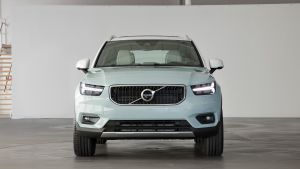






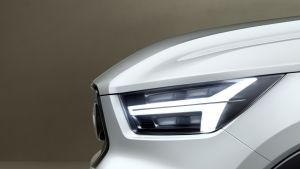

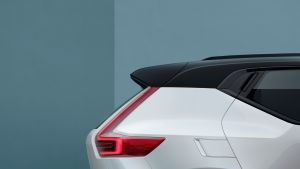
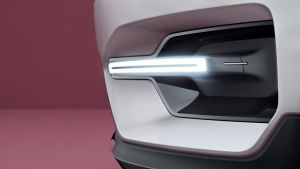

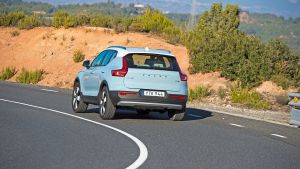
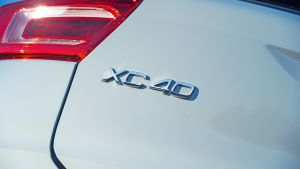



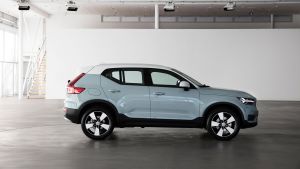

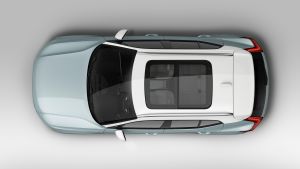

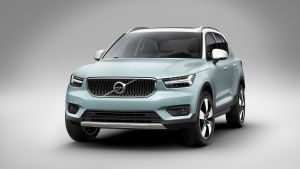




Comments
Post a Comment